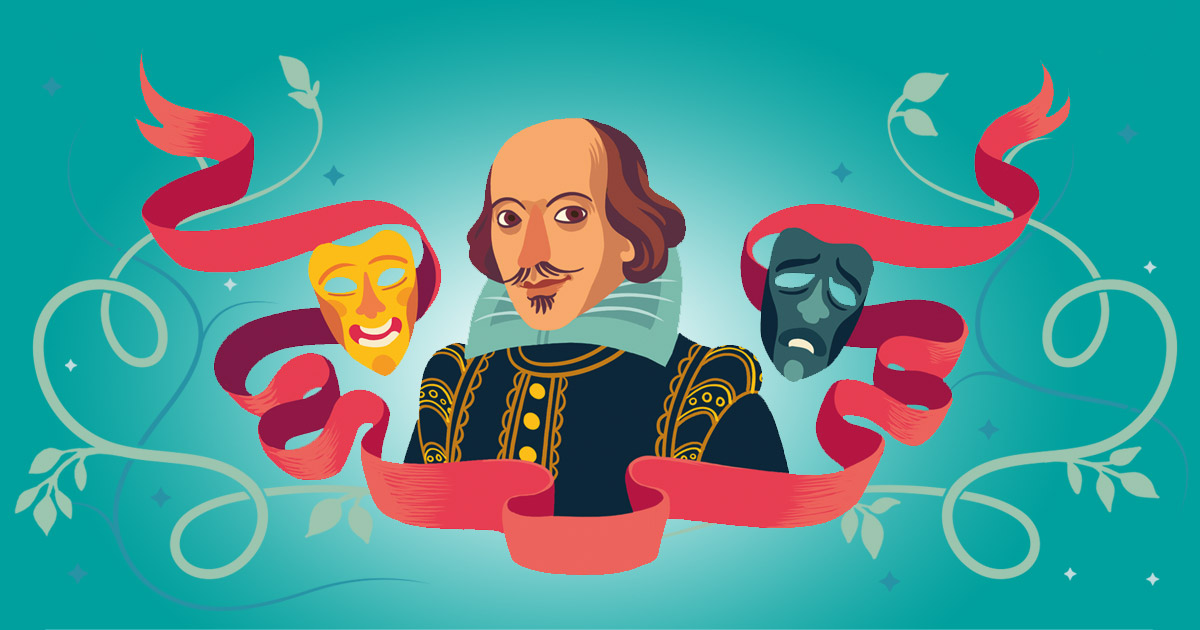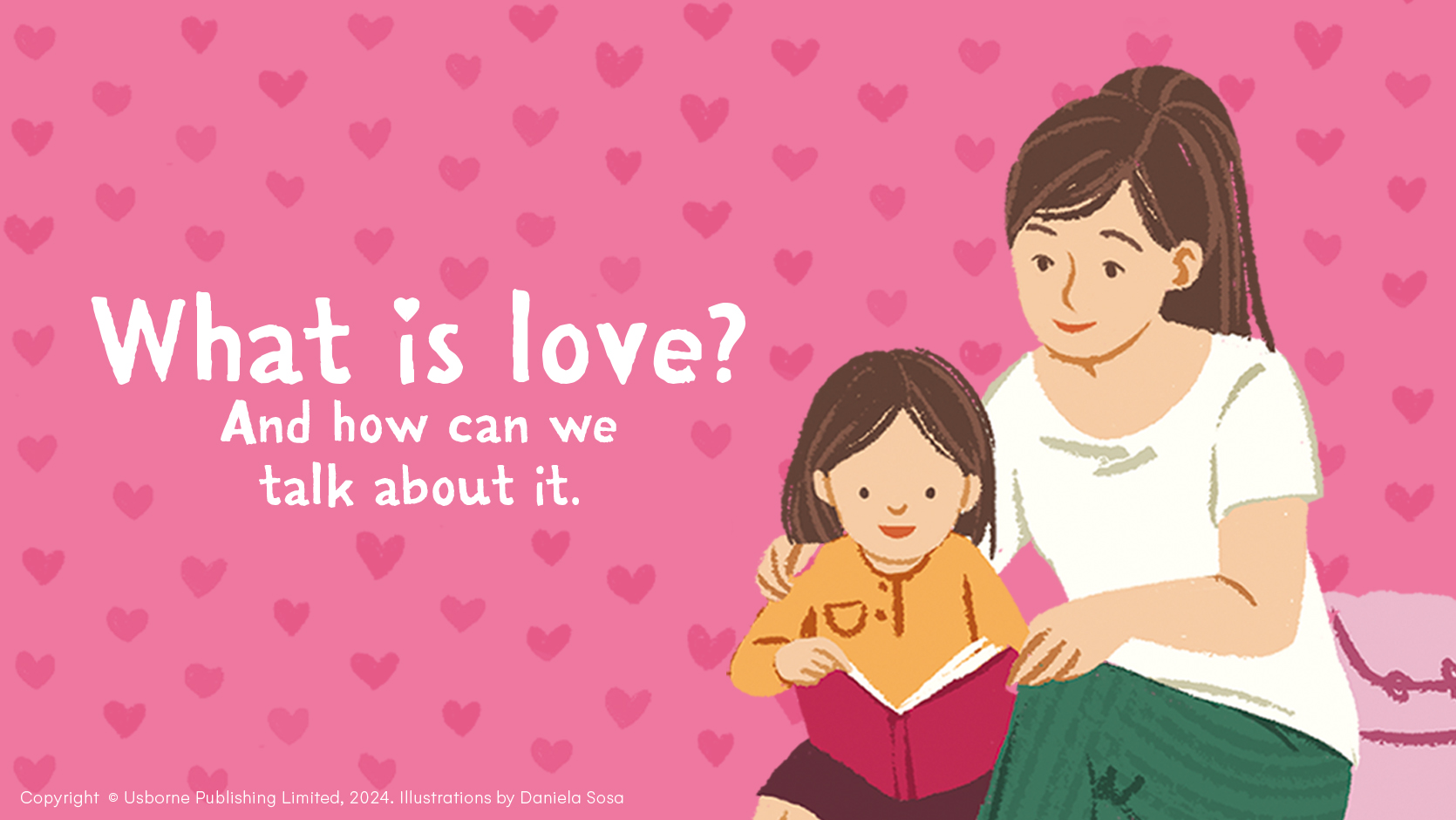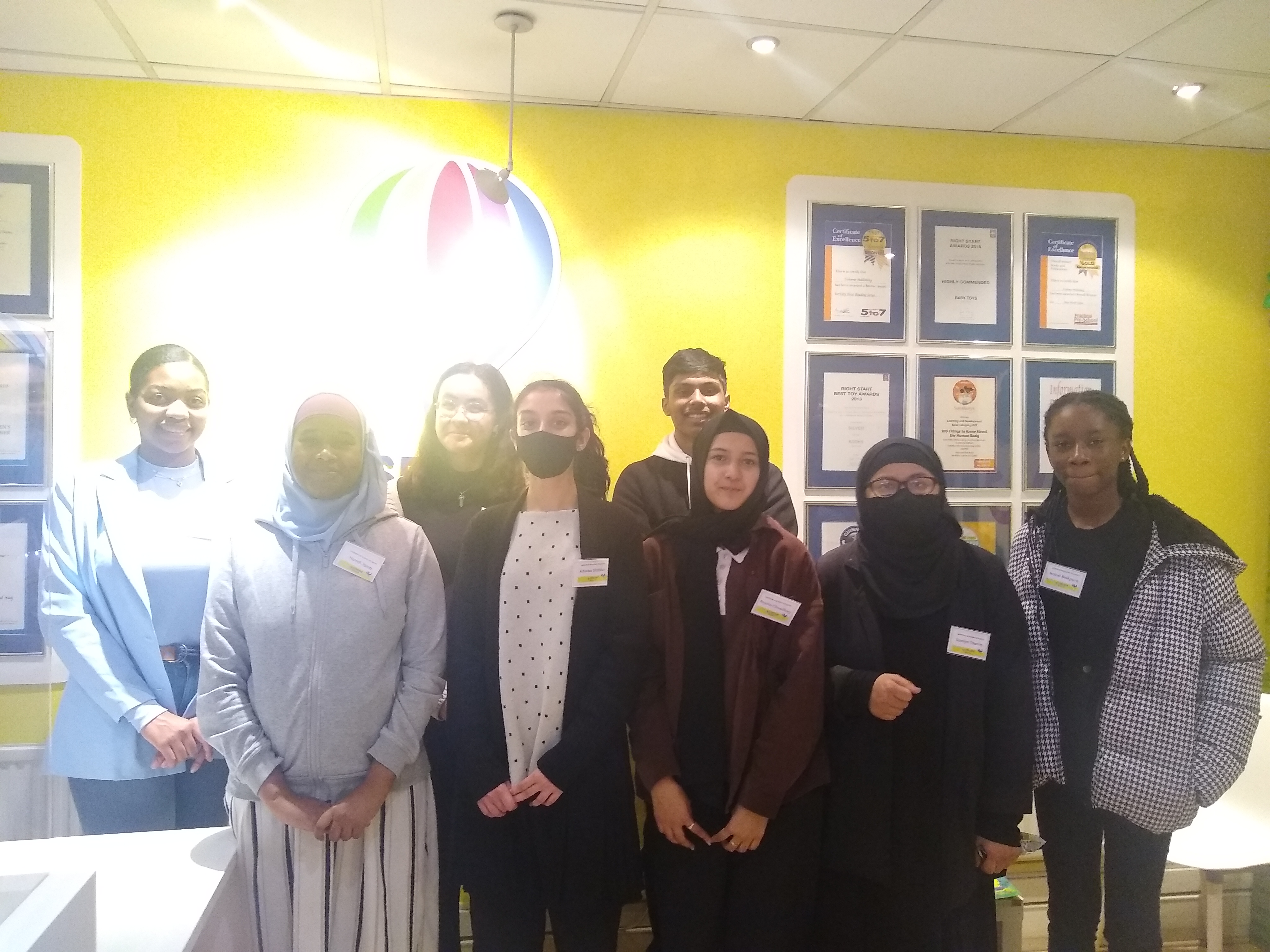- Behind the scenes at Usborne
Turning Shakespeare’s 37 plays into one book of stories

Everyone knows of Shakespeare – he’s the world’s most famous playwright! However, as his plays are written in Elizabethan English and in verse, most people find it rather tricky to overcome that barrier of language and discover the treasures within. It’s not easy to get the hang of all the 'forsooths' and 'wherefores' without a bit of help.
Well, The Usborne Complete Shakespeare can certainly help! In this one volume, all 37 of Shakespeare’s plays are immediately accessible as short stories – not only for children, but for adults too.
When I was commissioned to write The Usborne Complete Shakespeare, I was in seventh heaven. Shakespeare made me seriously fall in love with words and poetry when I first read Macbeth, Twelfth Night and Hamlet as a teenager in school.
I loved moody Hamlet and his dilemma about whether to calmly accept his ‘the slings and arrows of outrageous fortune’ or whether to ‘take arms’ and fight his fate. I admired the jesters, speaking the truth and poking fun at hypocrites. I adored the fierce, romantic language and philosophies about life.
Shakespeare invented over 1,700 words that we still use today – ‘moonbeam’, ‘amazement’, ‘lonely’, ‘bloodstained’ and ‘gloomy’ being a few. And phrases too – ‘wearing your heart on your sleeve’, being as ‘dead as a doornail’, or a ‘sorry sight’ – were all penned by him first.Did you know?
Writing this book was such an exciting challenge. The breadth of subjects and settings – from the romance of star-crossed lovers in Verona to real British kings going to war on the battlefield, to magic on a shipwrecked island, witches and murderous plots, a Danish prince’s philosophical ponderings on life, a comedy of mistaken identity… There’s really something for everyone!
But Shakespeare isn’t world renowned for his storylines alone. In fact, playwrights in Elizabethan times often didn’t care too much for originality. Storylines were taken and rehashed, to be churned out for the masses – everyone went to the theatre all the time back then, so there was a huge demand for new plays. Of course, the stories are great, and have stood the test of time, but the real wonder of Shakespeare is his rich, inventive language and powerful, insightful poetry.
I saw the task of writing this book as including the challenge: how much real Shakespeare could we keep in these stories? I wanted the reader not only to know the stories, but to get a sense of his wonderful language and poetry. I wanted them to enjoy the book immensely, but also in doing so to have taken a step towards being able to read the plays in their original, or to understand them on the stage.
This is the reason we decided to include quotations from the original plays. They decorate the pages in beautiful, calligraphic script – and reading the book, you’ll find you can make sense of those words, as they’re included in the stories, translated into modern English to help.
I say we – the book had to be completed in a realistic time frame, so rather than running away with the project for years and years to enjoy it all myself, I enlisted a team of talented writers to help. Each writer (including me) chose their favourite play to start with, and I set about rereading all of Shakespeare – I read on the tube, on my ski holiday, in bed at night – nothing but Shakespeare for months on end. It was fabulous. And I wrote stories, and read those submitted by other writers, and we discussed what needed to stay in and what level the language should be at, and the problems of writing a play as a story…
If you see a play on stage, a lot of the meaning can be given in the expressions and movements of the actors, and the scenery and so on. We had to remember to give this in the writing – we watched the plays performed too, and read the stage directions, to be able to fill these things in.
In a story, you can help your reader understand what’s going on – does the character say something slyly or innocently? Are they dancing about in a ridiculous way, which will make you interpret what they say in one way, or are they looking solemn? There’s a lot you can do to help tease out the meaning – and to have fun with it.
Of course, in turning ALL of Shakespeare’s plays into one book of stories, if you want a child to be able to lift it, some scenes need to be cut! I remember wrestling with one hilarious scene from ‘Twelfth Night’ one long afternoon – desperate to keep it in, but just not having the space.
I was determined it wouldn’t go to waste, so I whittled and whittled, and eventually managed to reduce the whole scene to a single sentence: ‘Into the kitchen trudged a skinny knight with a face as long as his bandy legs and a head of hair that resembled a well-used mop.’ It was a hard afternoon’s work for a little sentence. But the whole book was like that – every word has been weighed and considered!
The design of this book is gorgeous – and equally well thought through. Jenny Tyler, Publishing Director at Usborne, was very clear that she wanted each story to have a character sheet at the front, so you can tell at a glance who’s who. Hayley Wells and Stephen Moncrieff, the designers, thought each character sheet could be like a dramatic poster for the play. They experimented with ‘Macbeth’ – there’s the famous bloody dagger, dramatic lighting, and witches chanting ‘Double, double, toil and trouble’ round their bubbling cauldron. It worked really well, so they used that as inspiration for the rest.
Each wonderful colour plate – illustrated so lavishly by Romanian illustrator, Maria Surducan – captures the themes of the story. The illustration for ‘King Lear’ is shattered, like his kingdom and his mind; ‘The Tempest’ shows Prospero working his magic on all the other characters; ‘The Merchant of Venice’ is set on a bridge – typical of Venice but also representing the deal made between a merchant and his enemy; ‘Much Ado About Nothing’ is a masked ball, where the characters all hide their true selves.
We commissioned an expert from the research team at the Globe theatre, Jakub Boguszak, to read all the stories, and examine the illustrations to check for accuracy. We wanted to ensure we hadn’t accidentally twisted any meaning, misinterpreted any of the language, or depicted anything wrongly, given the historical context. He went through with a fine-tooth comb – even down to discussions of punctuation in the quotations. So, I’m happy these stories are as accurate as can be, as well as being – I hope – a really great read!





